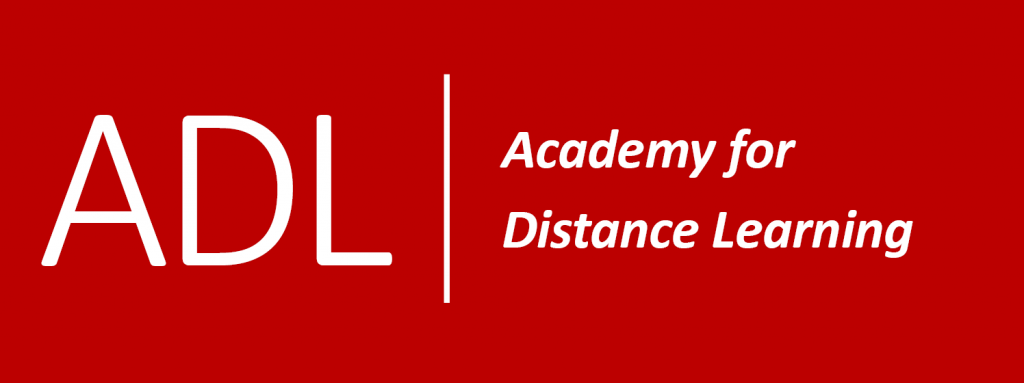How attentive are you when you are with your colleagues and friends?
You have probably been in a situation when you have noticed that the person you are talking to seems preoccupied, distant or just not paying attention to you. You would never be so dismissive yourself in your behaviour – or would you?
Attentiveness makes you a more effective communicator and signals how much you value the other person – so it useful to consider how you demonstrate your skills in this feature of communication.
Try recalling a one-to-one exchange that you have had – for example, with a doctor or a line manager – and identify what that person did that made you feel confident that you were receiving full attention (or not – if it was not a pleasant encounter). Having the following insights can help you to become an attentive communicator.
-
Make a list.
In any exchange, you must remain entirely present to the situation at this time. This means not drifting off in your mind to a personal difficulty, or even practicalities such as your holiday plans or shopping needs. It can help if you make a list of issues that need attention that can be addressed at a more neutral time of day. This leaves your mind free to focus on what is happening right now. If in the course of your work, you are having lots of different meetings throughout the day, it can help to take a few moments to clear your mind, breathe and even stretch between encounters. This can help you to disengage with the previous meeting and focus on what is happening now.
-
Listen and look.
Give 100% attention to what is being said to you, and what lies behind the words too. It is essential not only to do that but also to show that you are doing so. Use non-verbal communication effectively to show that you are giving attention. Research has shown that ‘non-verbals’ make up 55 per cent of communication (tone of voice makes up 38 per cent and content only 7 per cent), so you will find it very valuable to develop and maintain your non-verbal skills. This includes head movements, gestures, posture, body position, facial expression, eye contact, proximity, general ‘presence’. All of these can be used to demonstrate attentive listening and can be just as powerful as verbal responses.
-
Be prepared
If you have a planned meeting, you can prepare both the setting or environment and yourself beforehand. Settings can have a powerful influence on the outcome of exchanges. Of course, it is not possible for all helping to take place in beautiful, peaceful surroundings, but getting the ‘space’ as well prepared as possible shows respect. A half-eaten snack or papers on display relating to another issue give others a message that you are not fully concentrating on what is happening now.
-
Be open-minded
You also need to prepare yourself by putting your predictions aside. Even if you know in advance what the person wants to discuss, you cannot predict what they will feel or say about it. Being open-minded demonstrates respect as well as attention.
An example of leaving your assumptions aside might be when talking to a teenage girl about her worries about her appearance. You may feel that, firstly, she looks beautiful and, secondly, that there is more to life than a couple of short-lived acne spots, but if she feels bad about it, you need to put your thinking aside and respect the fact that she is distressed.
-
Minimise interruptions
Glances at a mobile phone or the clock can show others that you wish to move on or be elsewhere. This can seem dismissive to others in your company. Minimising distractions also helps to protect privacy and maintain confidentiality. It is good manners to turn off your mobile phone when meeting others; if there is a very good reason why your phone needs to be on, then this should be explained in advance so that others know that there may be an unavoidable emergency.
A bleeping computer screen might also be distracting. You also need to be aware that you are not making a distraction yourself by fidgeting or moving around.
-
Consider the seating
You can demonstrate attention by organising the seating so that it feels comfortable for the other person. If you ‘hide’ behind a desk or some other barrier, it may give the message to the other person that you are hiding behind your authority. Distance is also important; offering the other person the opportunity to move a chair closer, or further away, if they feel too close, is a sensitive gesture and demonstrates attention to the other person’s ‘personal space’. Comfortable personal space varies, and you need to try to be aware of preferences and cultural considerations.
- Confrontational/competitive seating is usually directly opposite each other – ‘eyeball to eyeball’ – often with a desk or table between.
- Co-operative seating involves sitting side by side, maybe to look at a task or read papers together.
- Co-actional seating is also side by side, but with a space between – for example, reading next to other people in libraries.
- Conversational seating is at an angle of 45° – this allows for eye contact. Sometimes a low table between people gives a sense of security without creating a barrier.
You also need to be aware of your way of sitting. If you want to convey full attention, you need to adopt a seating position where you will be reasonably comfortable. Leaning too far forward might be intimidating. And lolling back could communicate boredom or a lack of respect for the person. Is your position open? Sometimes crossing your arms can make it look as if you are hostile to the other person. Aim to look relaxed and yet alert.
There is much to consider here; however, the most dignity and respect you can show another individual is listening to what they have to say and to communicate. It is the foundation of excellent communication.





